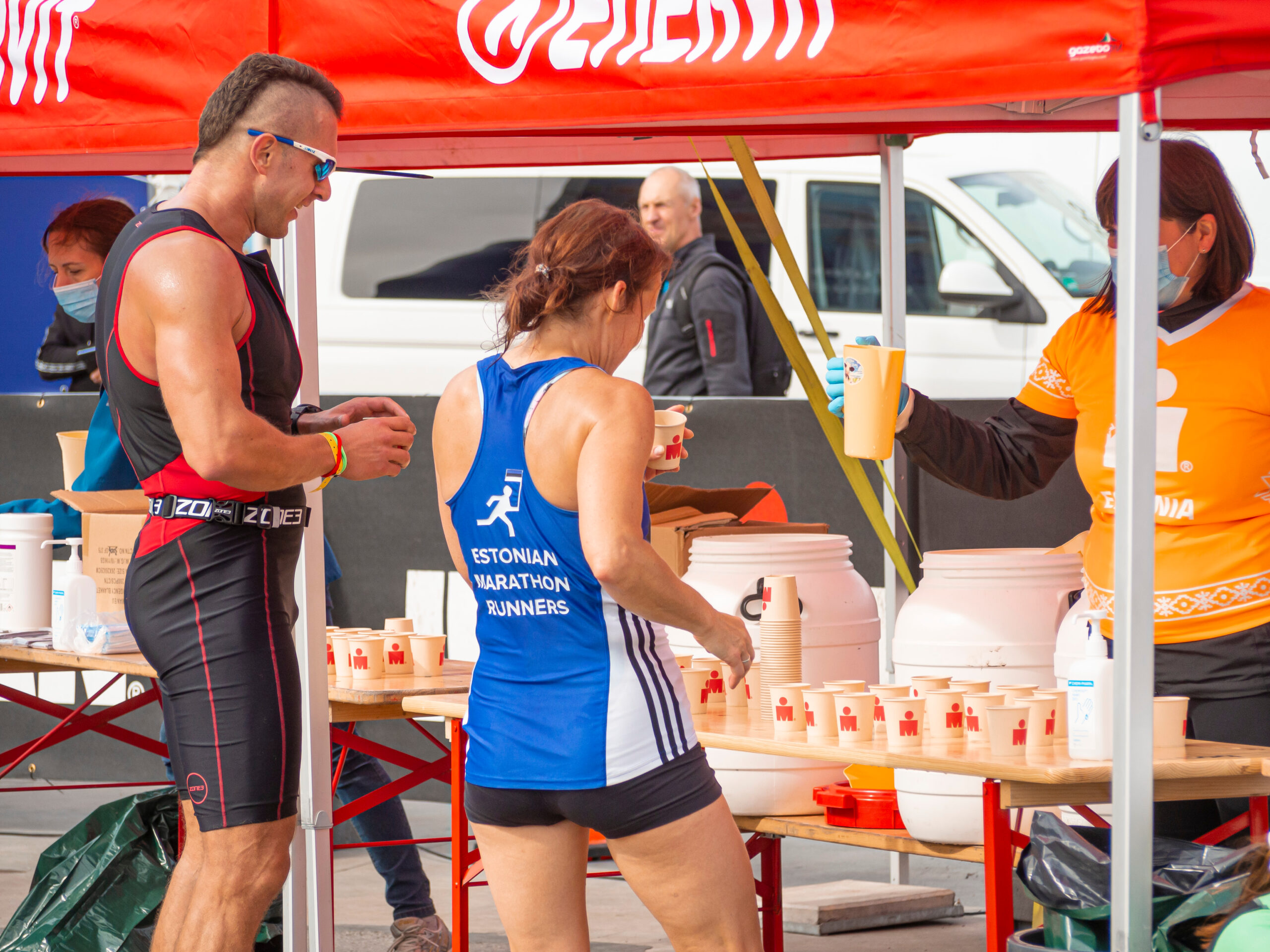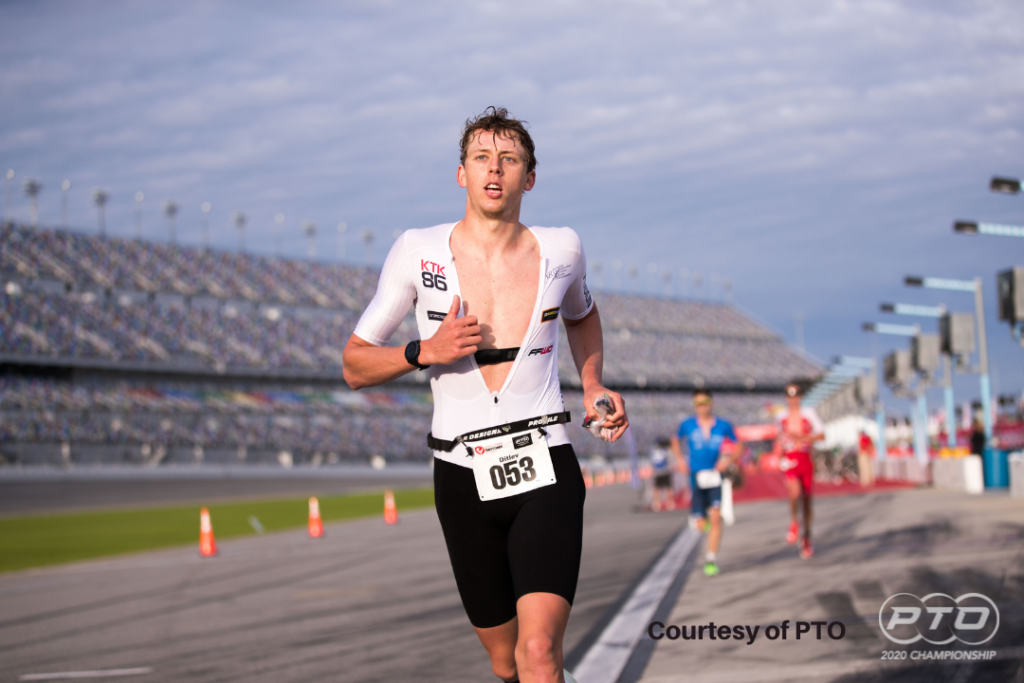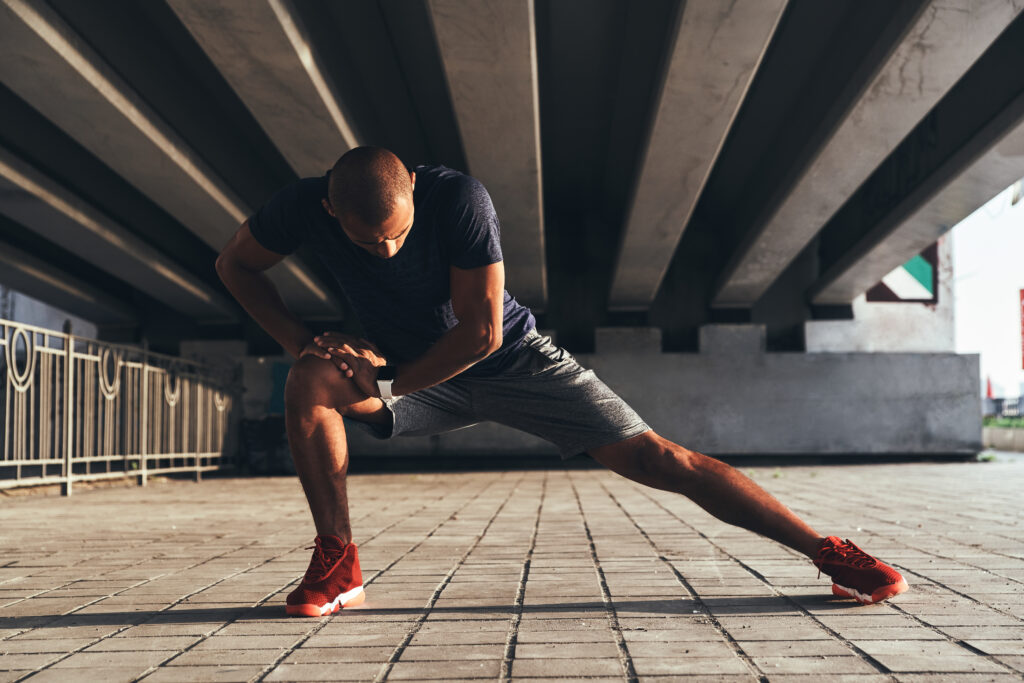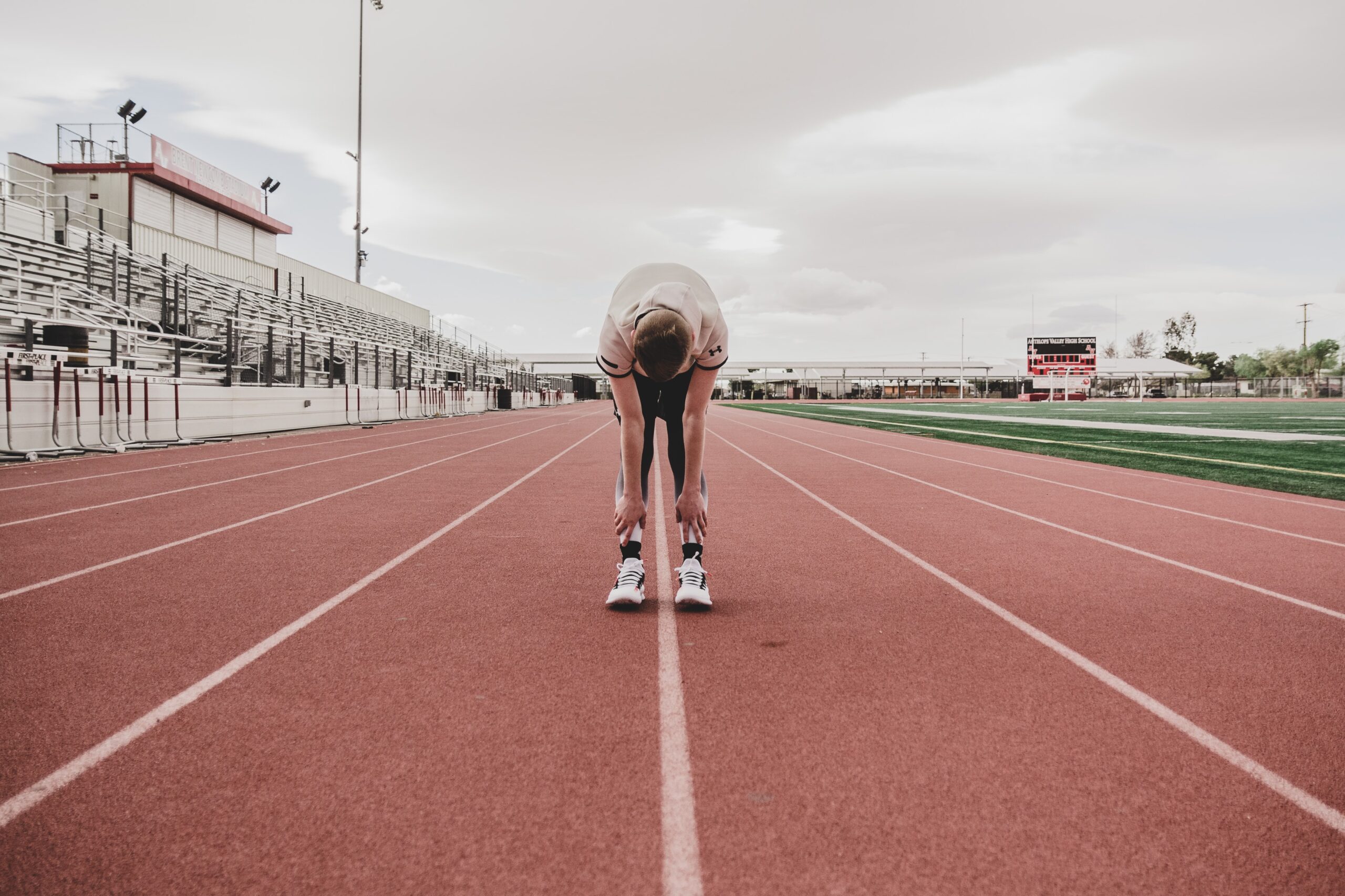Cramp is an age old enemy for most athletes. For something so common, it is very poorly understood. There are so many contributing factors that it makes it very hard to say for certain what caused one cramp in particular. The reality is that cramp is likely a cocktail of processes which together result in the muscles misfiring.
What is a cramp?
A cramp is an involuntary muscle contraction. This can range from a little twitch to a complete lock up. They can be mild or they can be intensely painful and hard to release. Either way they are a signal of things not working how they should.
What causes a cramp?
This is a highly debated question and the reality is that most explanations are true, just rarely are they a sole cause. There are some medical conditions which may make you more prone to muscle cramps but for relevance I will discuss those cramps experienced in a sporting context.
1 Electrolyte imbalance.
This has been the traditional explanation and has huge support and evidence to make it so. The first investigations were made in miners working in hot conditions where they were sweating at very high rates. Despite consuming water they would experience debilitating cramps. In one mine, a clever doctor had the theory that this was due to loss of sodium. He instructed the miners to add salt to their meals and soon they found the incidence of cramps began to decrease. But simply adding salt did not completely solve the issue.
Sodium is very important when it comes to muscle contractile function. In addition to sodium, magnesium and potassium also play roles in healthy muscle function. However, when cramps appear there does not seem to be much depletion of magnesium or potassium in comparison to sodium. Serum concentrations remain relatively unchanged. It is unlikely the electrolyte imbalance is with these and most likely to be sodium related.
So how much sodium do we need?
This is highly variable but on average an individual will sweat about 900mg of sodium per litre of sweat. This can range quite a bit, but it is a lot more than most of us plan for. For example most commercially available sports drinks have about 500mg for a standard 700ml bottle at the recommended concentration.
2 Dehydration
Dehydration is another of our main culprits when looking at the cause of cramp. It should perhaps have the top spot on the list but quite often gets overlooked. Dehydration is not quite as straight forward as we think.
When we exercise, certain hormones act to help direct blood to working muscles. Blood is made up of oxygen containing proteins (Haemoglobin) and plasma which is mostly water mixed with some other solutes (Glucose & electrolytes etc.).
When we exercise, we produce heat. Our cells don’t like to get too hot and our body works very hard to keep our temperature regulated. Sweat is our main method of dissipating heat through evaporation. This sweat comes from the water making up our blood plasma. As we sweat, the plasma reduces and our blood volume decreases. In order for our muscles to be supplied adequate oxygen with a reduced overall blood volume, our heart must beat faster. So as we become dehydrated we will see a gradual increase in heart rate for the same level of intensity.
It is very difficult to replace the same volume of water as we might lose through sweat. Our body has mechanisms to manage mild dehydration. The first thing that happens is our sweat rate slows down. As a result, our body temperature will begin to rise. It will become quite a bit harder to maintain the exercise intensity and we might begin to slow down as a result.
So now we have two issues; first our body is having to work harder to supply the working muscles with adequate oxygen and secondly it is now struggling to maintain optimal muscle temperatures. The muscles are now having to work in a very stressful environment.
How to stay hydrated?
It is a good idea to have a bit of information about your sweat rates. There are commercial tests you can take to give you this information but you can also do a simple DIY test to give you enough information to get started.
Simply weigh yourself before and after training sessions, making a note of the session intensity, duration and ambient temperatures. Make sure to offset any weight changes with any fluids consumed or passed during this session. You may need to estimate fluid volumes but a millilitre is roughly the same as a gram so the calculations are quite easy. For example, If you drink 500mls then subtract 500g from your post session weight. The difference in weight (in grams) converts roughly to the loss of fluid in millilitres.
After a few sessions you have a profile of your sweat rates. You will have a rough idea how much you sweat at a certain intensity in certain conditions. For example you might see that for every hour of running at race pace in 22°C you lose approx. 1.5kg . You now know that you have a fluid loss of 1.5L per hour. The goal is to consume enough fluid so that you stay within 2% of your starting weight. The process will be very much down to the individual but it is a good guide for most. If you want to be more specific then a more significant sweat test is required.
An important thing to note is that while fluid losses occur, quite often this leads to an increased concentration of solutes in our blood. Dehydration does not always lead to electrolyte imbalance as this may help maintain sodium concentration.

In terms of performance we know that dehydration will be a major limiter to performance so we are diligent in trying to drink regularly. This is where things get complicated. If we were to drink plain water, we would replace the water lost through sweat and we might maintain plasma fluid volume. So if we replace water without replacing lost sodium we now see a decreased sodium concentration.
As mentioned before, not all sports drinks (or water) contain nearly as much sodium as we might lose. In hot conditions we might be very conscious of drinking to stay hydrated and we might do a good job of consuming fluid. If that fluid has inadequate amounts of sodium we might, over some time, end up reducing plasma sodium concentrations quite significantly. So now our efforts to stay hydrated might actually accelerate electrolyte imbalances.
Exercise intensity.
When we work hard at a high intensity we place our muscles under stress. When they are stressed they get damaged. This damage causes leakage of fluid which results in the loss of chemical gradients which are essential to receiving and responding to nerve signals. Muscles may not contract and relax as well as they should. When we overwork a muscle to the point at which it becomes damaged, it may cramp, as it simply cannot respond effectively to the signals being sent to it. Or, it may contract perfectly well but struggle to relax again. Now we have another contributor to cramp.

Most of the time it will be very hard for us to reach the point of damage as we have many safety mechanism which will slow us down beforehand. Highly trained and motivated individuals may be able to push through some of these mechanisms.
When we are in race mode we will do everything we can to perform. Sometimes we concentrate so hard on our effort, we forget the things that might support it. This is where everything comes together. If we find ourselves trapped in race mode we are placing enormous stress on our bodies. The intensity creates heat and it causes stress. The high intensity will also likely increase the acidity of the muscle through the production of lactate. This interferes with muscle contractile function adding yet another factor to the intensity cocktail. We can become distracted and forget the simple things like maintaining hydration. If we have not done homework on hydration strategy we might also force a situation of electrolyte imbalance.
In a long duration race in hot conditions we now have a number of factors working together to create the perfect conditions for cramp. We have a muscle which might be overworked, in acidic conditions, overheating, struggling for oxygen and now becoming depleted of sodium. There is no mystery as to why it suddenly locks up.
It is important to realise that these are all very likely conditions that may be experienced in a race. While the level of a particular stress might vary, they can all feed into one another. One issue in isolation is unlikely to be the sole cause for cramp and so a multifaceted approach must be taken to avoid one.
1 Slow down
Reducing intensity takes a lot of stress off of the muscle; this in turn reduces the demands for blood supply. This will also help with heat production. Reducing intensity will make it easier to consume and absorb fluid. Getting blood flow to the stomach will help gastric emptying and help get fluids back into the system. Slowing down is the first thing you should do to either prevent or respond to cramp.
2 Replenish the system
Taking on fluid and sodium is the next strategy. You may be either replacing lost fluid or correcting the electrolyte imbalance but either way this will be a great support to the system and get you back to speed.
3 Cool down
In hot conditions you will need to stay cool. Throwing a cup of water over your body is a great way to dissipate heat. If you are struggling to consume enough fluids to stay hydrated this can be a great way to help cooling and support sweating in its efforts to keep you cool. This can make fluid replacement just that little bit more achievable.
4 Stretch
Stretching might help break up the tension of a cramp but it is not necessarily going to help prevent one. Tightness is certainly not going to help cramp but it’s rarely the cause. Stretching may, however, improve tolerances to muscle tension and it may also help restore ranges of motion after cramp has set in.

If you understand the mechanisms of cramp and prepare appropriately you can go a long way in both prevention and management. Generally you will have some warning signs of cramp such as a twitch or little mini cramp. It is really important to act on these before the brakes come on.
In terms of long term prevention there are a number of things you can do.
- Your level of conditioning will dictate how much intensity you can maintain and how efficient you will be. It is much easier to maintain hydration etc. at lower relative intensities. Being well conditioned certainly helps.
- Have a hydration strategy! Having an informed strategy for how much fluid and sodium you need to consume helps massively. Yes you might get lucky but why take the risk. Build your strategy during training so you leave less to chance on race day.
- Have a schedule. It is very easy to get distracted during racing and either go too hard or forget to address hydration. If you have a plan and schedule in place to remind you of these things you are much less likely to experience disaster. Plans can have flexibility but they provide a massive benefit when it comes to avoiding potential mishaps.
Cramp can be complicated but it can also be quite simple. You can be proactive in preventing cramp and quite often it only requires a bit of thought during the training period. A good coach can help take you through these preparations to help ensure you have success on the day. It can be hard to factor in all the pieces of the performance puzzle but when you do it can be massively rewarding.
